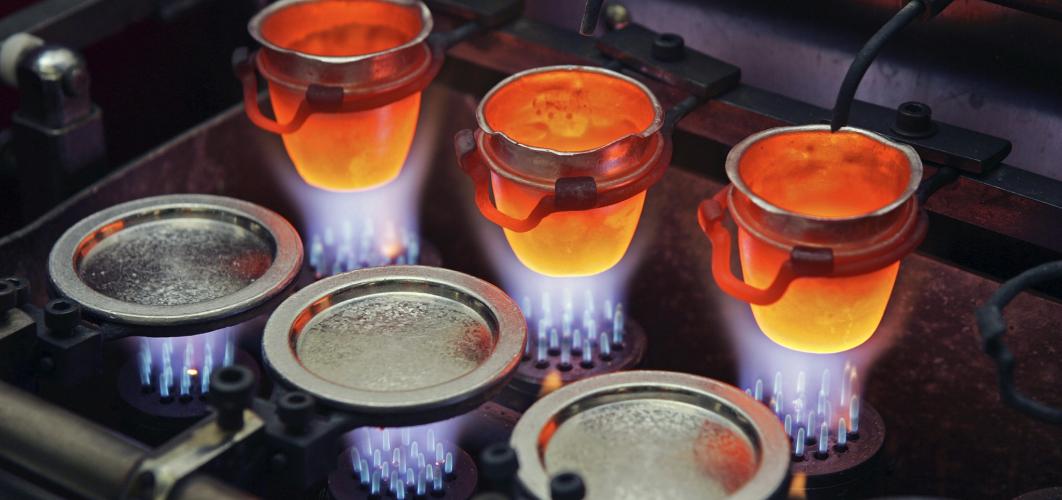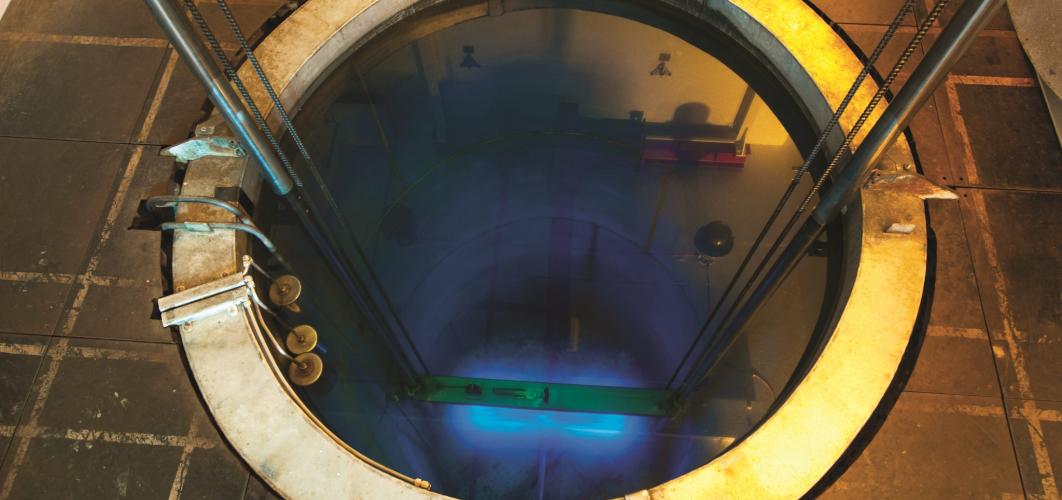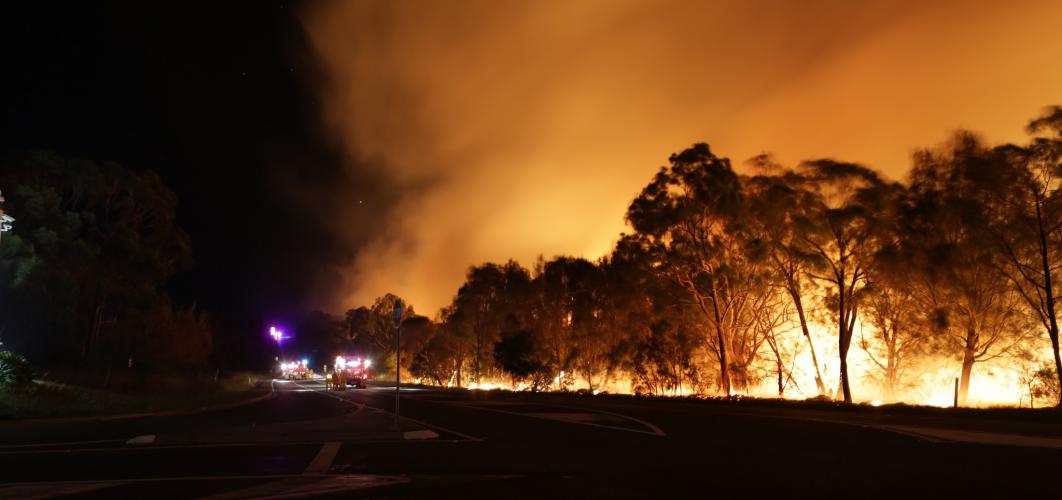
Benefits of nuclear science
ANSTO uses nuclear research techniques to address many of the important issues of our time relating to health, the environment and nuclear fuel cycle. There are many benefits and applications of nuclear science, across different industries.
Nuclear science helps us understand the atomic world









